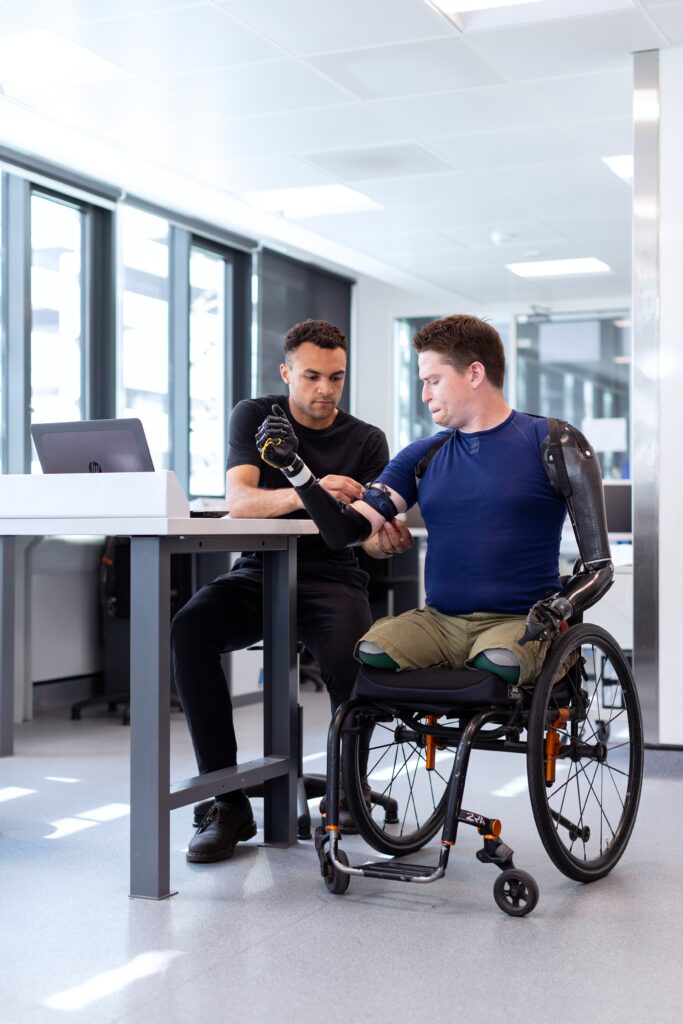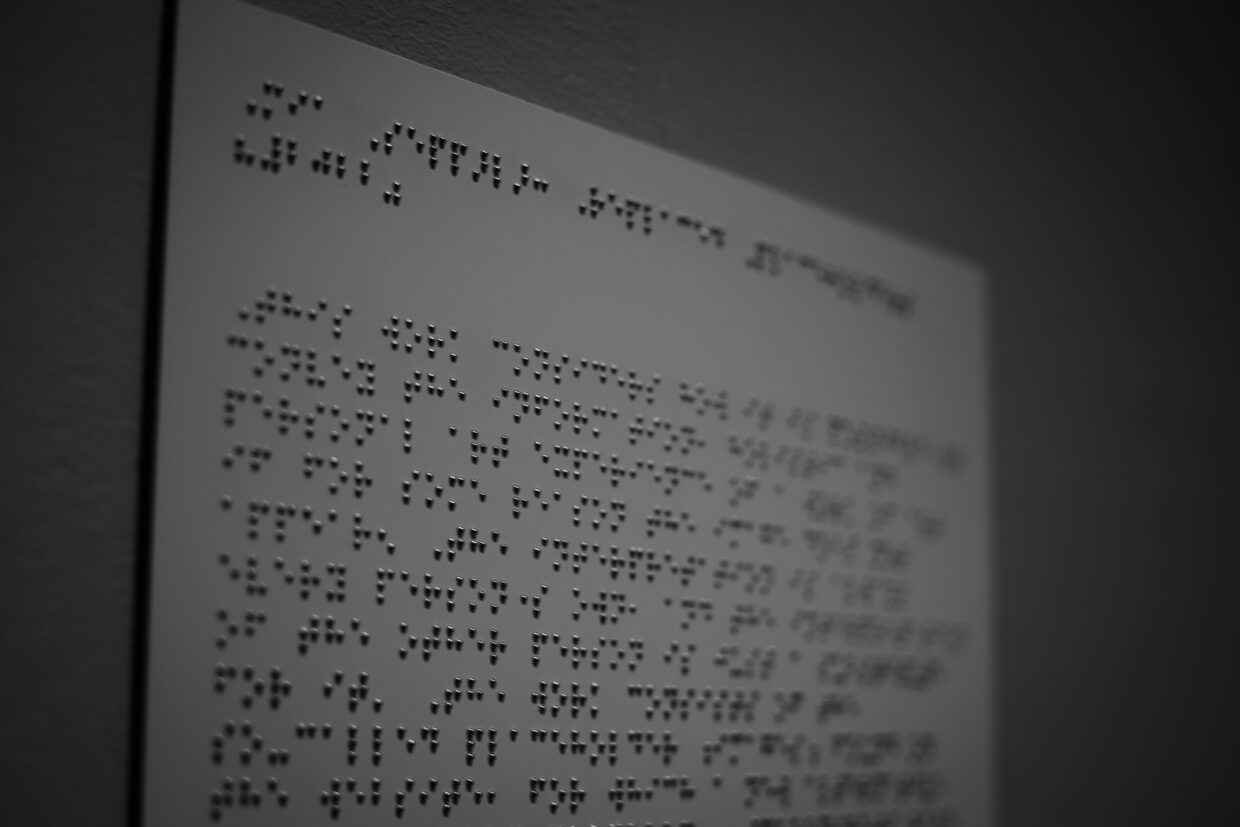
The first photo here is a test to see if I can add alt-text to a photo, the goal is to make my blog accessible for all. This includes those with visual impairment. Below I have a video of me learning to play the ukulele. For this I added captions to help those who are auditorily impaired. Although some may not be able to hear the music, it’s probably for the better if you don’t hear my ukulele skills at this point haha.
In terms of digital accessibility practices that I see missed, I think the biggest challenge would be making technology accessible for those with Amelia and amputees. As technology continues to advance everything becomes more accessible, and the ability to use your voice has been a great option for those who have these disabilities. So overall, digital accessibility is growing in the right direction and becoming something that everyone will have the ability to access. I know that digital accessibility is far from perfect for everyone, but its current state is far beyond the level it was a mere ten years ago and will continue to progress.
I believe the reason that digital accessibility practices aren’t well-known is because students aren’t informed on what they are. This means that digital literacy is the responsibility of the education system, and the parents of the student. To make these practices more well-known it begins in the classroom. Educators can inform students of the resources that exist, and educate their students on various tools that are available. Just like what we did this week in technology, it reduces the barrier between those who don’t know and those who need these resources to succeed. Overall, this will normalize digital accessibility for everyone, resulting in a widely accepted norm.
